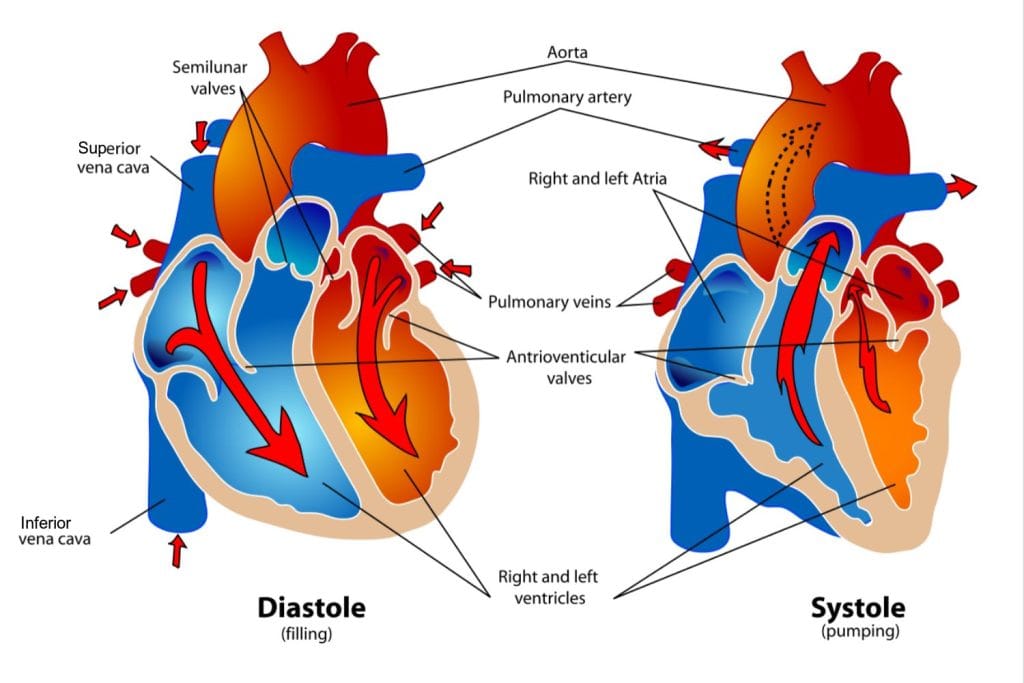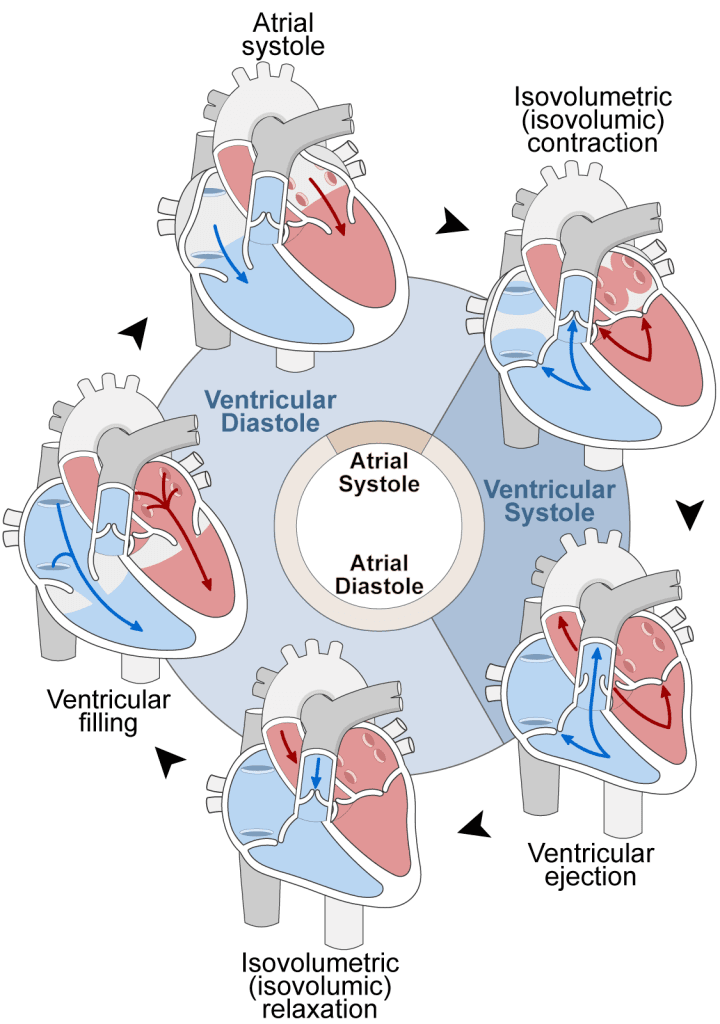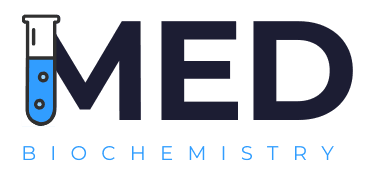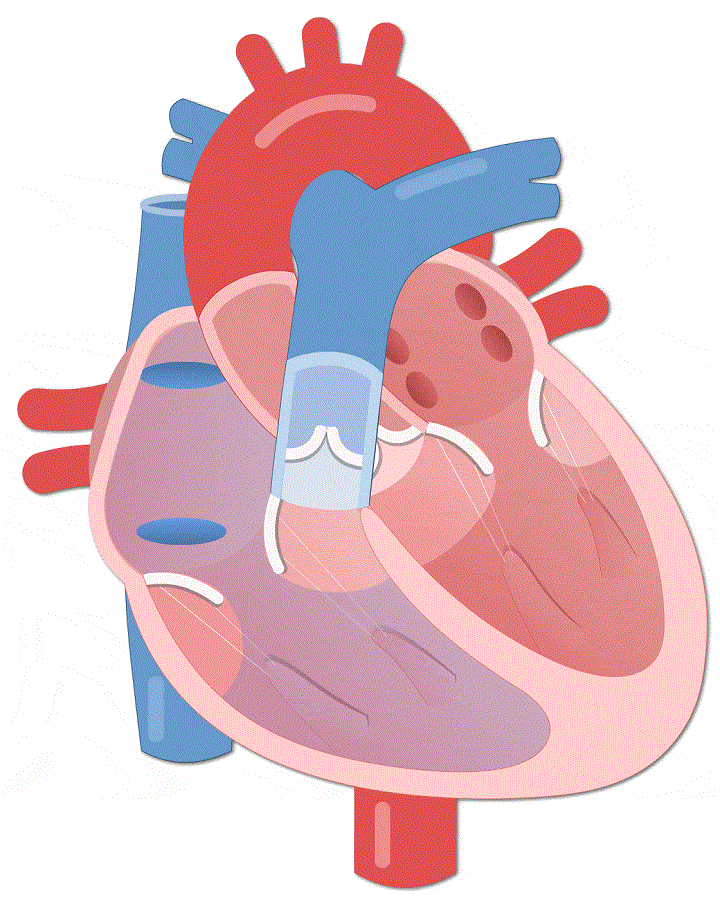
Image Credit – Hema
The human heart is one of the most remarkable organs in the body, tirelessly pumping blood from birth until the end of life. At the center of this vital function lies the cardiac cycle—a series of events that occur every time the heart beats. Understanding the important not only for students of biology but also for anyone who wants to appreciate how the body sustains life.
The Cardiac Cycle: How Your Heart Keeps You Alive

The cycle refers to the sequence of mechanical and electrical events that occur in one heartbeat. It involves alternating phases of contraction and relaxation of the heart chambers, ensuring that blood flows in the correct direction. In a healthy adult, the heart beats around 60 to 100 times per minute, which means the cardiac cycle is completed thousands of times every day.
Each cycle lasts less than a second but carries oxygen, nutrients, and hormones throughout the body while removing carbon dioxide and waste. This continuous process makes the cycle essential for life.
Phases
The cycle can be divided into two main phases—systole and diastole—with sub-steps inside each phase.
- Atrial Systole – The atria (upper chambers) contract, pushing blood into the ventricles.
- Ventricular Systole – The ventricles (lower chambers) contract, sending blood to the lungs through the pulmonary artery and to the rest of the body through the aorta.
- Diastole – Both atria and ventricles relax, allowing the heart to fill again with blood.
These phases happen in a rhythmic pattern, driven by the heart’s electrical conduction system. Specialized cells in the sinoatrial (SA) node act as a natural pacemaker, generating impulses that trigger each phase of the cardiac cycle.
Importance
- Oxygen delivery – Blood rich in oxygen is pumped from the lungs to tissues.
- Nutrient transport – Nutrients from digested food reach every cell.
- Waste removal – Carbon dioxide and metabolic waste are carried away.
- Hormone distribution – Hormones are circulated to regulate body functions.
- Heat regulation – Blood flow helps maintain body temperature.
Without a proper cycle, organs would not receive the resources they need, leading to severe health issues.
Duration
The length of a cardiac cycle depends on the heart rate. At an average rate of 75 beats per minute, one cycle lasts about 0.8 seconds. Out of this:
- Atrial systole takes about 0.1 seconds.
- Ventricular systole lasts about 0.3 seconds.
- Diastole occupies around 0.4 seconds.
This efficient timing ensures that the heart has enough time to pump blood and also rest between beats.
The cardiac cycle can be influenced by several factors, including:
- Physical activity – Exercise increases heart rate, making the cycle shorter.
- Age – Younger individuals often have faster cycles than older adults.
- Stress and emotions – Adrenaline speeds up the cardiac cycle.
- Diseases – Conditions like hypertension or arrhythmia disrupt the normal cycle.
- Lifestyle habits – Poor diet, smoking, or lack of exercise can weaken heart function.
Recognizing these factors helps in maintaining a strong and regular cardiac cycle.
How to Maintain a Healthy Cardiac Cycle
- Eat a heart-friendly diet – Include fruits, vegetables, whole grains, and lean proteins. Limit processed and fatty foods.
- Exercise regularly – Activities like walking, swimming, or cycling strengthen the heart muscle.
- Manage stress – Practices like yoga, meditation, and deep breathing help maintain a steady rhythm.
- Avoid smoking and excess alcohol – Both can damage heart tissues and disrupt the cardiac cycle.
- Get regular checkups – Monitoring blood pressure and cholesterol ensures early detection of heart issues.
The cardiac cycle is the heartbeat of life—a precise rhythm that supplies oxygen and nutrients to every cell while removing waste. Although it happens automatically, maintaining a healthy cycle depends greatly on our lifestyle and habits. By eating well, staying active, and reducing stress, you can support your heart’s efficiency and ensure that your cardiac cycle continues to run smoothly. Taking care of your heart means taking care of your entire body, because the cardiac cycle is truly the engine of life.
Frequently Asked Questions
What is the cardiac cycle?
The cardiac cycle is the sequence of heart contractions and relaxations that pump blood through the body.
What are the main phases of the cardiac cycle?
The phases include atrial systole, ventricular systole, and diastole.
Why is the cardiac cycle important?
It ensures oxygen and nutrients reach tissues while removing carbon dioxide and waste.

